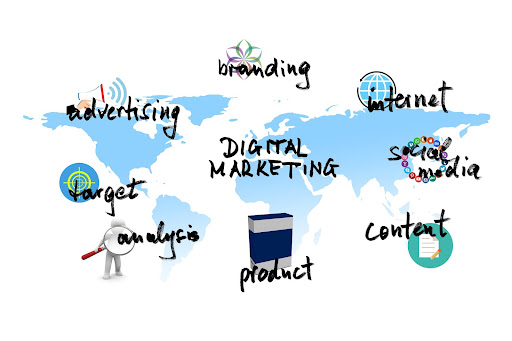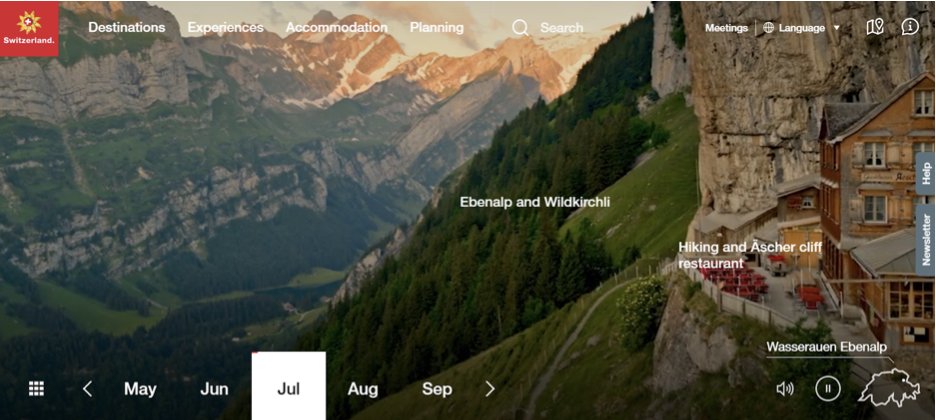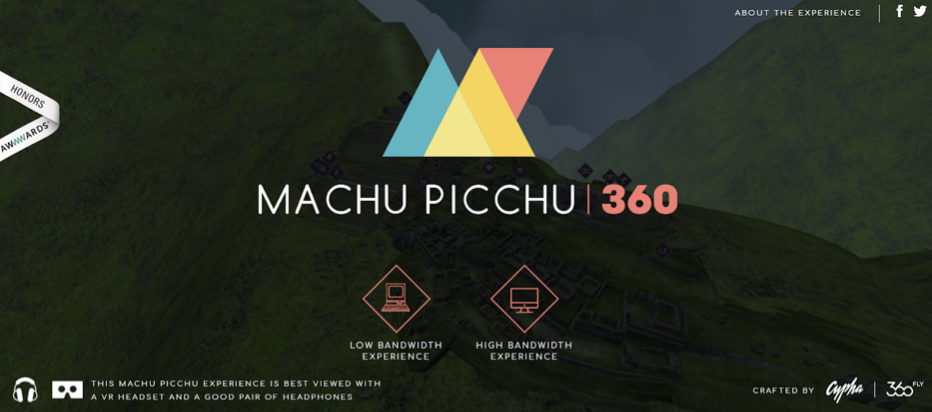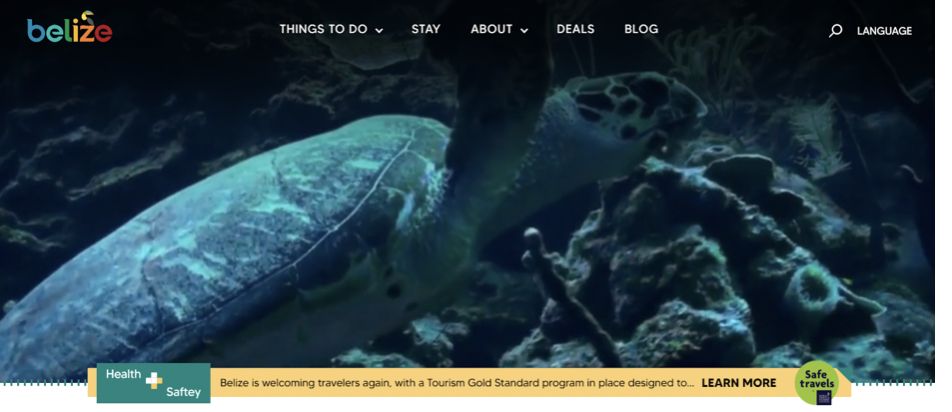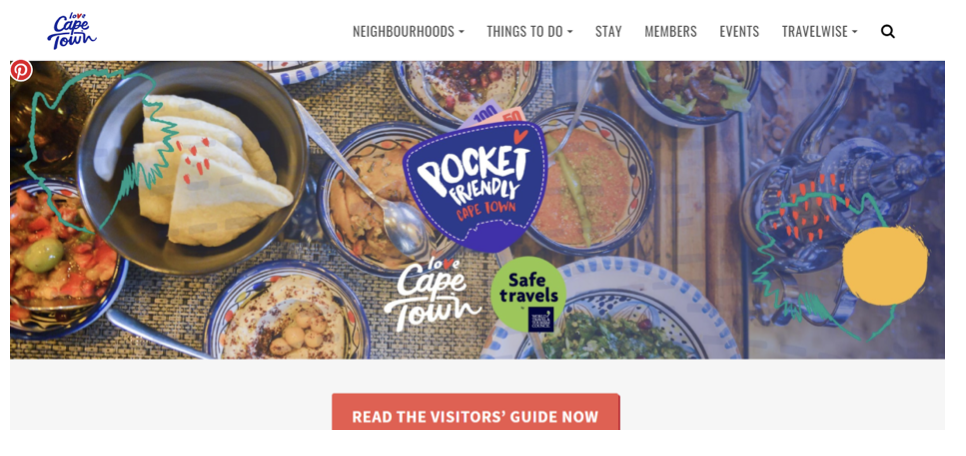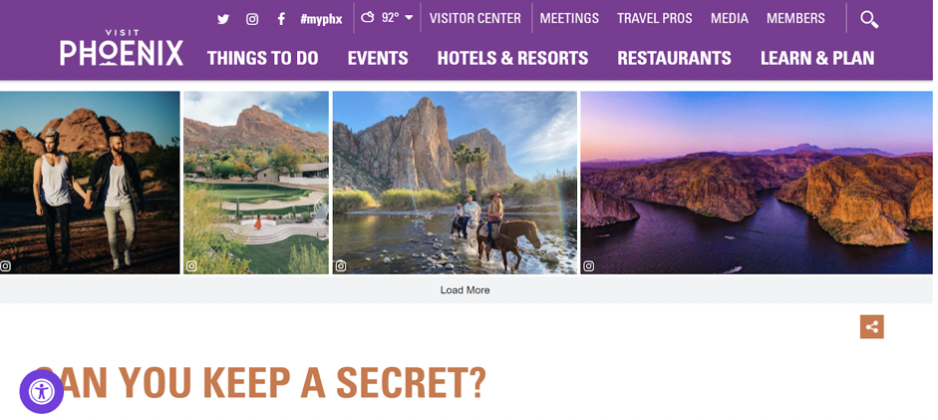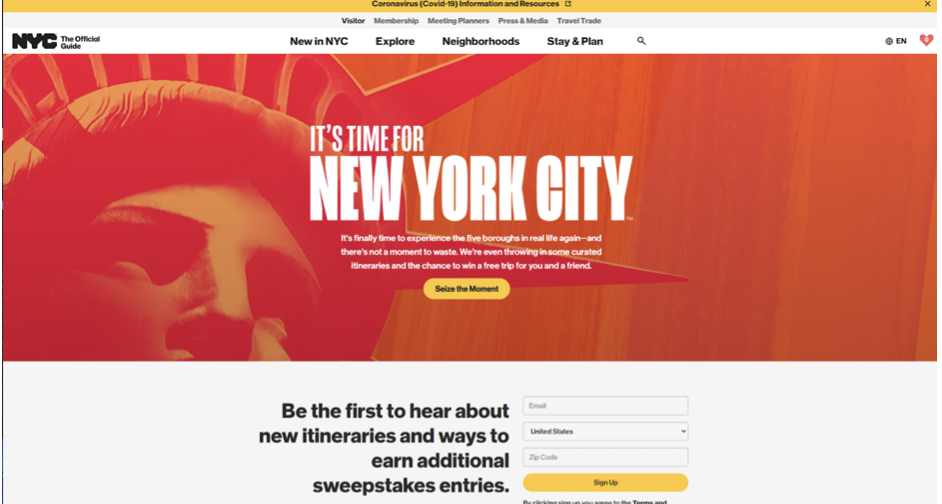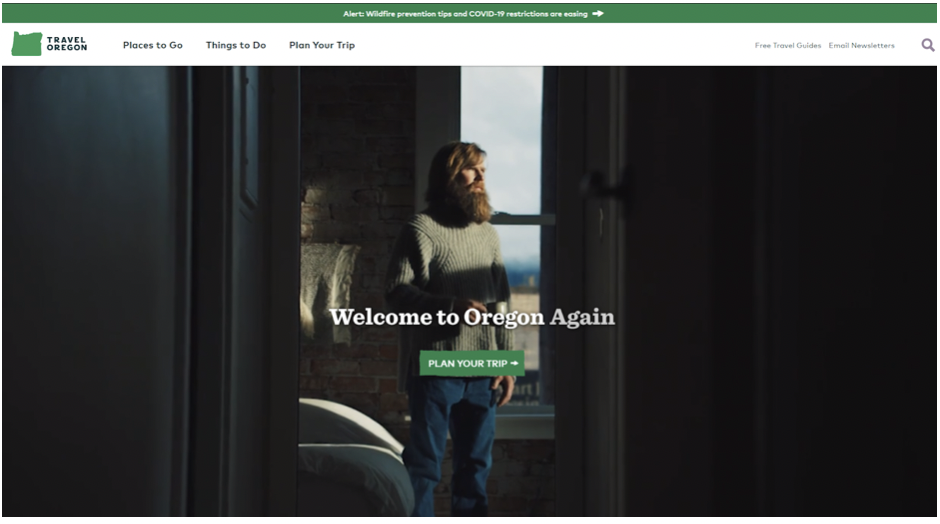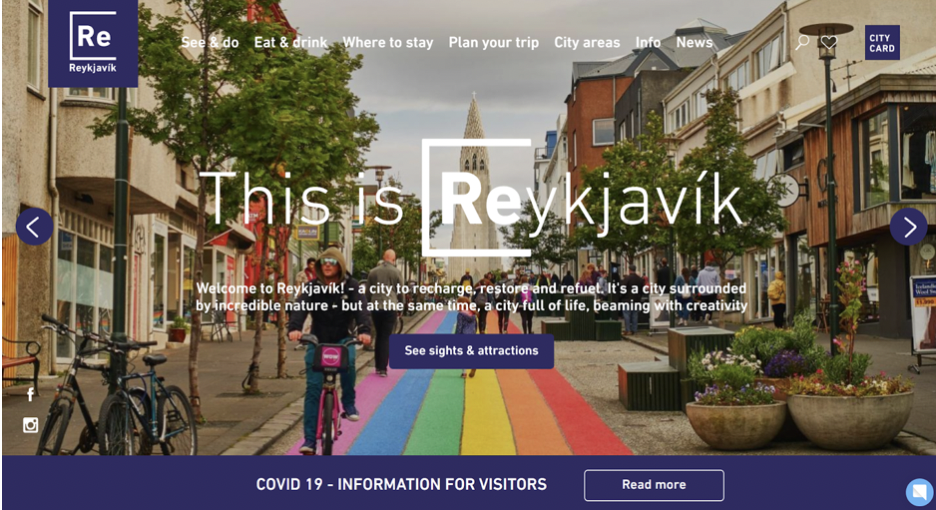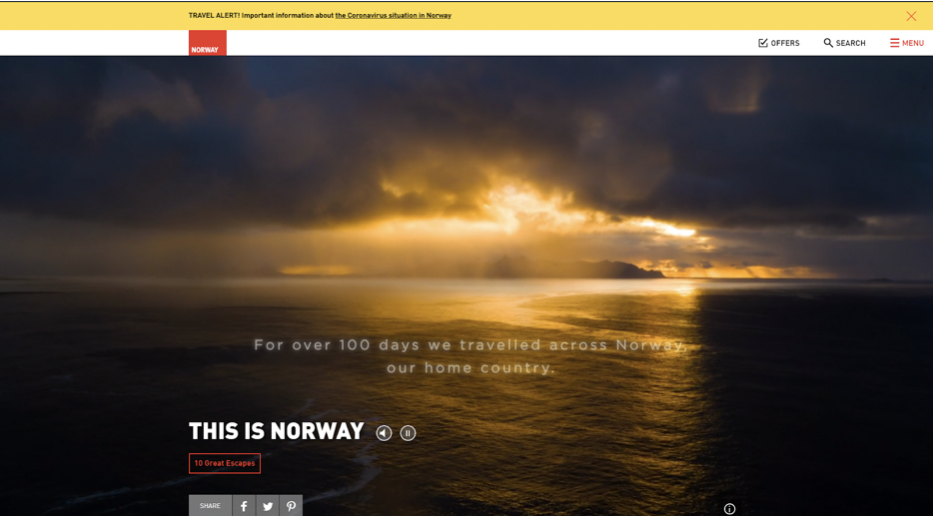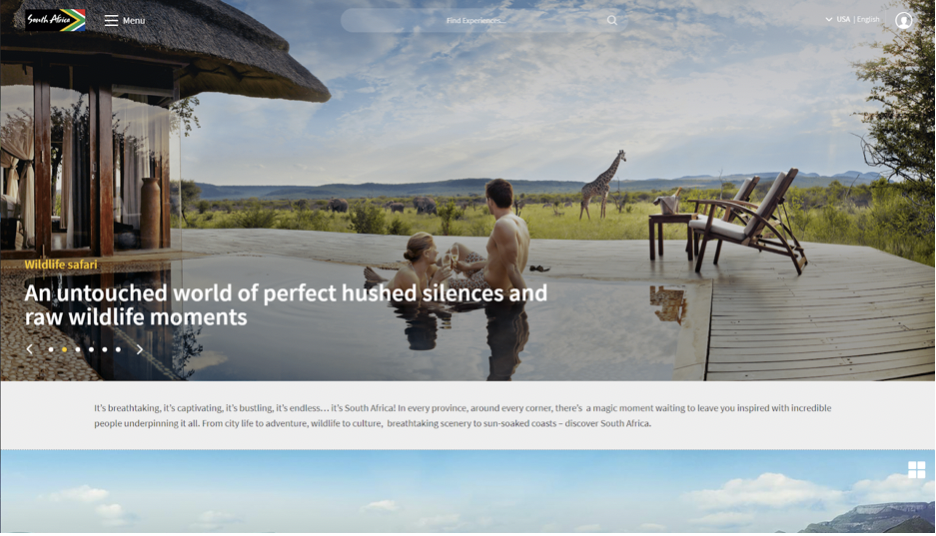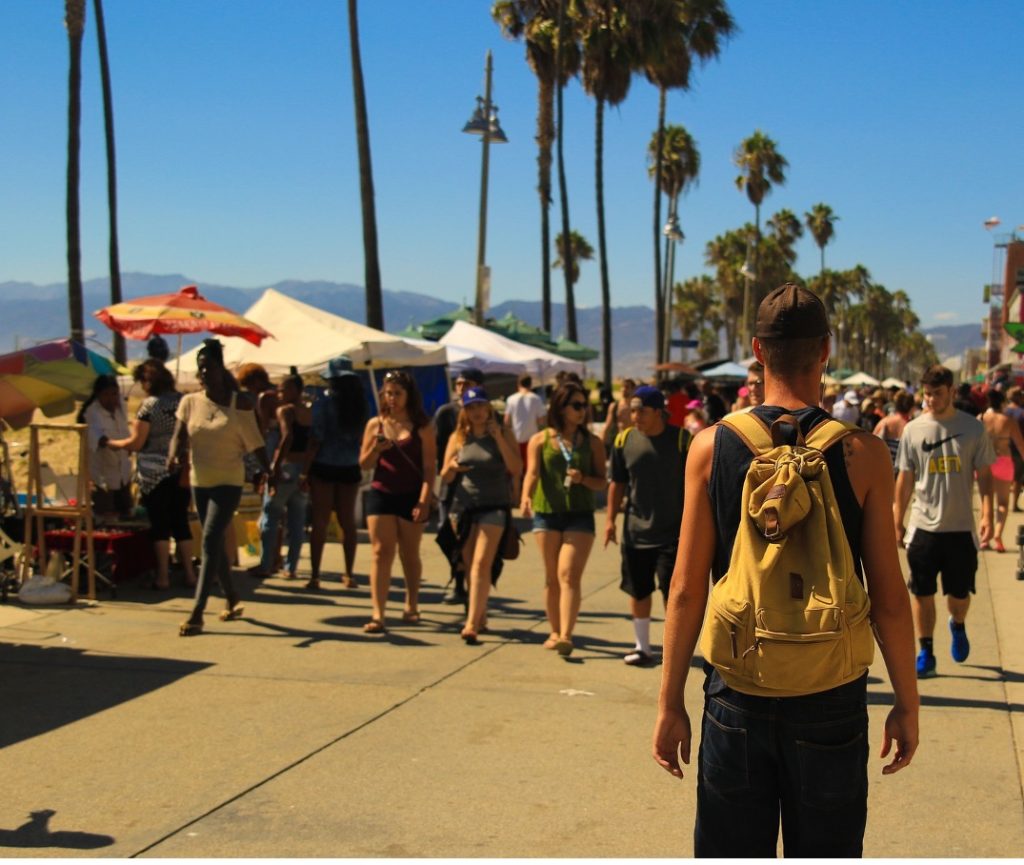The digital era is synonymous with a time of constant change. Innovations are transforming industries at incredible speed. The travel and tourism industry is no exception. Technology is driving the way in which travellers are searching, accessing and consuming travel content. But how much has the industry changed? Find out below!
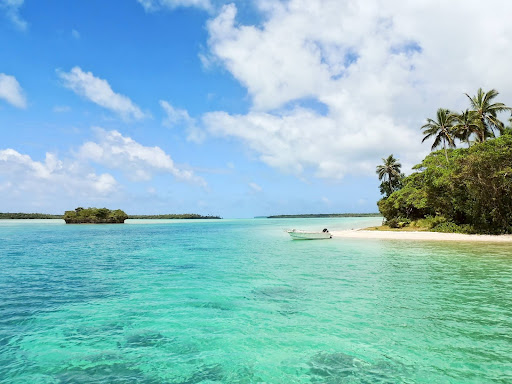
According to Wex’s US Travel Trends Report 2019, technology influences the imagination and preparedness of travellers today – this cannot be overstated. More recently, Google Trends insights highlighted that the pandemic has resulted in consumers having even higher digital expectations. They have adopted new digital habits, and changed their online behavior as a result. Destination Management Organisations (DMOs) therefore need to understand the value of digital destination marketing as an essential part of the marketing strategy. Digital is now the norm and a tool to reach consumers around the globe.
Digital marketing refers to all marketing that uses an electronic device or the internet.
But, what is digital destination marketing?
According to HubSpot, digital marketing refers to all marketing that uses an electronic device or the internet. Today, 65% of global travel and tourism sales are made online (Statista 2021), leading digital marketing to be even more important than traditional marketing. DMOs can creatively engage with potential visitors to raise awareness for its products and services, increase visitation, and maximize benefits for all its stakeholders.
Now more than ever, digital destination marketing matters. Destination Management Organisations are facing high competition for tourism dollars. They must not only find the right customers, but they also must standout, inspire, and engage them in the most effective and efficient way. Digital marketing facilitates these goals.
What is the value of digital destination marketing?
1. From local to global
As DMOs look to grow visitation, targeting new geographical markets are a logical step. Digital marketing brings a destination’s products and services to an audience anywhere in the world. Whether prospecting for new visitors using social media campaigns, or launching a paid search campaign, a destination can expand its presence beyond its immediate geographical vicinity.
2. Focused targeting
Using detailed customer data, perhaps from its website, DMOs can position its offering directly in front of its ideal consumer, that is, the audience which is highly likely to be interested. Messages can be personalized to increase the level of engagement with different segments. This reduces the wastage experienced in traditional marketing where one broad message is used to target everyone. Solimar’s work with destinations like Namibia integrates digital platforms in the marketing strategy to enhance the country’s awareness to its targeted audience.
3. Improved measurability
Tracking the results of traditional marketing activity is near impossible. With digital marketing, DMOs can see detailed performance throughout the life of the campaign. They can see precisely which activity is achieving their goals, and use this data to drive revenues and increase profitability.
4. Campaign agility
Due to its very nature, digital campaigns allow companies to make improvements at any point. Close monitoring provides data in real time and adjustments can be made rapidly. As a result, funds are spent smarter with less wastage.
Virtual reality transports travellers to the destination through a multi-sensory experience
What are the top digital marketing trends to inspire a DMO’s strategy in 2022?
1. Everything must be mobile, mobile, mobile
According to 2018 Google research, 45% of US and 48% of UK smartphone users are comfortable using a mobile device to research and book their entire trip to a new travel destination. Therefore, a ‘mobile first’ strategy is essential. DMOs will want to ensure that any action which they inspire consumers to take online, is easy to achieve on a mobile device.

2. Content is King
Content is at the heart of digital marketing. It refers to everything from text and images to video and audio, and more. It has the potential to increase search rankings, drive visibility to the right audience, enhance brand image and build brand authority. As travellers do more streaming and posting of content online, DMOs can reap big rewards with storytelling which showcases the authenticity of its products and services.
3. Go virtual
Accelerated during the pandemic, virtual tours are used to transport travellers through a multi-sensory experience. Viewers get an immersive pre-travel experience without leaving their home. DMOs can really create standout brand experiences with intriguing storytelling and short engaging videos. Even individuals who are unable to travel, can get a flavour of the destination. Virtual reality experiences can support a destination’s sustainable tourism goals, as they reduce the impact of physical footprints in vulnerable locations.

4. The power of video in destination marketing
Videos are powerful. They fully immerse the viewer in a different world more impactfully than images can. Google research cites that 65% of travellers search for travel videos online by destination. DMOs have an opportunity to create content in the format most appealing and likely to be found by potential consumers. Solimar International’s expertise in creating impactful videos was a key part of Jamaica’s successful community tourism programme. Four promotional videos, each showcasing a core theme of the community tourism experience, were launched on social media and other digital channels to raise awareness for the incredible sustainable initiative.
Social media platforms such as Facebook, Instagram and, more recently, TikTok, are ideal for this. TikTok is now mainstream – with over 1 billion active users, the average user spends 52 minutes per day on the platform. It gets the highest engagement of any social platform and is seeing the 25 – 39 age group as its fastest growing segment. The quality of the content and the collaboration with influencers are the keys to success on this platform. By offering fairly low-cost opportunities for influencers to experience the destination, museum or festival entrance, for example, the content can reach large audiences.
So, why should I care about digital destination marketing?
The value of digital destination marketing is significant. It enables DMOs to promote its products and services to a more targeted audience, it affords the use of cost-effective channels to reach wider geographic markets, and it helps to enrich content. All of these combined drives success for the destination.

